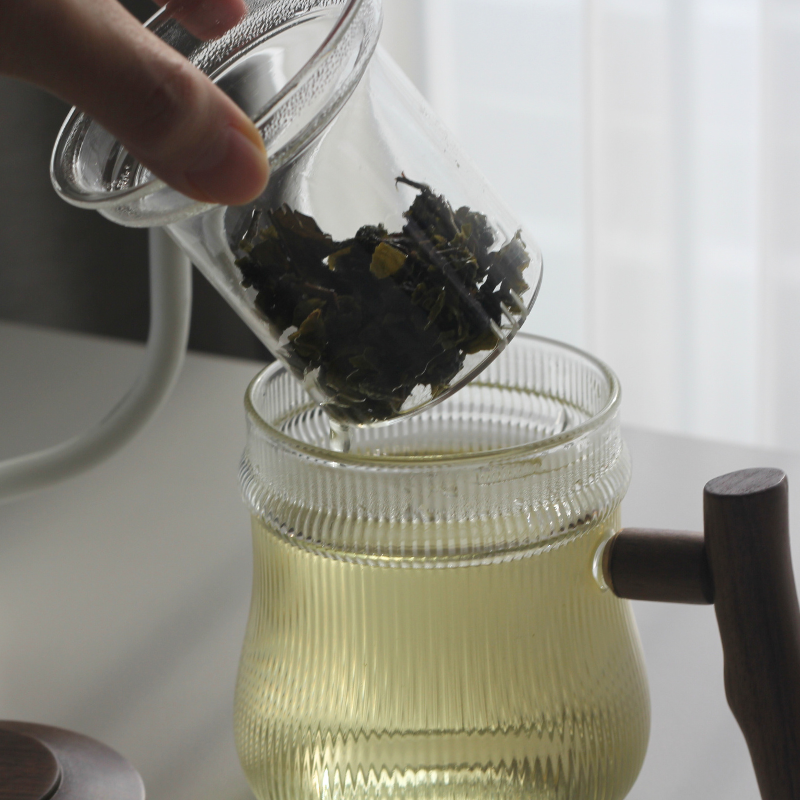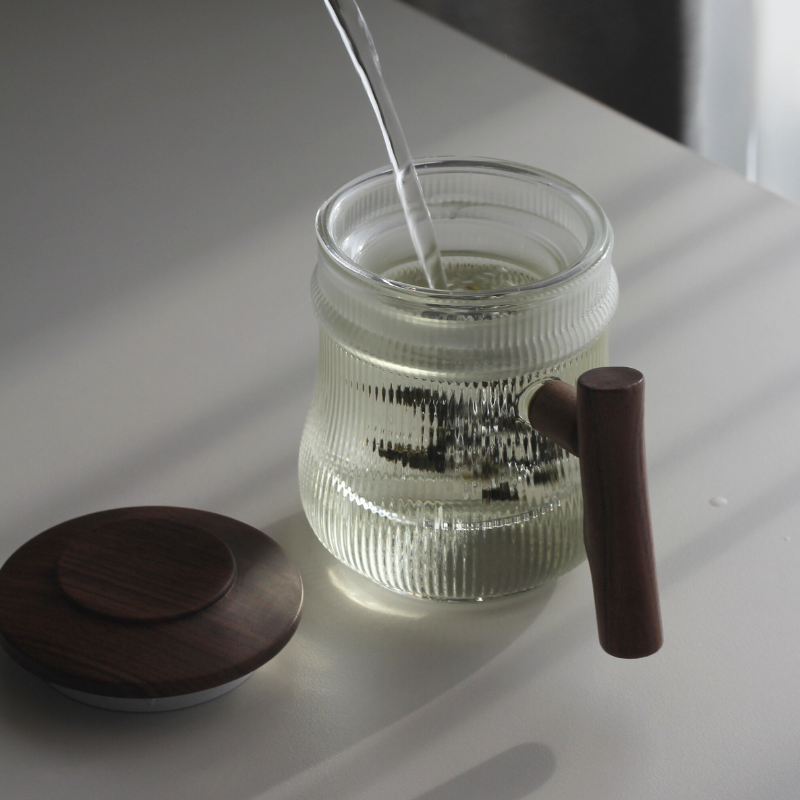TEA JOURNEY [18] | Yellow Tea
The distinct identifier of yellow tea is the namesake color of the drink. Of course, some oolongs (blue tea) also come out yellow, however, they still have a tinge of green. The flavors also taste "green" in oolong -- let's explore what that means.
1. Characteristics of Yellow Tea
Yellow tea is a lightly oxidized tea (≤10%) that is produced through a special process called "minhuang." It's also called "sweltering" and just like the name, the leaves are given a sweat through steam after the fixation process.
Originally, yellow tea referred to the highest-grade green tea or white tea offered to the emperor, rather than being classified by the color of the tea itself. Yellow, being the color symbolizing the emperor's power, led to the name "huangcha" (yellow tea), meaning "emperor's tea."
In modern Korea, yellow tea is also known as "samhwangcha" (three yellow tea) because the tea leaves before and after brewing, and the tea liquor exhibit a yellow color. It is also referred to as "hwang tang hwang yeop" (yellow liquor, yellow leaves).
Yellow tea has a mild and clear taste and aroma, and it is often consumed without causing much burden on the stomach. Some famous varieties of yellow tea in China include Qunshan Yinzhen (群山銀針) and Huoshan Huangya (藿山黃芽).
2. Processing Steps of Yellow Tea
1) Leaf Plucking:
Typically, young tea buds are plucked around the Qingming Festival (around April 5-6 in the lunar calendar). However, in some cases, the plucking may occur 3 to 5 days before the Grain Rain Festival (around April 20 in the lunar calendar), and it includes one bud and one or two leaves.
2) Fixation:
The leaves are pan-fired using a similar method as green tea, deactivating the oxidizing enzymes.
3) Withering:
The tea leaves are gently rubbed to shape them.
4) Minhuang (sweltering):
The most crucial step in the processing of yellow tea is "minhuang." The Chinese character "min" in "minhuang" can be interpreted as the combination of the "heart" radical and the "door" radical, implying a feeling of being closed or suffocating.
In other words, during the process of "minhuang," the shaped tea leaves are wrapped in high-quality mulberry paper and left undisturbed for about 48 hours. During this time, the tea undergoes respiration, generating heat and undergoing a transformation into a yellow color.
This process involves placing the tea leaves in a state where heat and moisture remain, promoting a gentle fermentation. Only through this process does yellow tea acquire its distinctive characteristics.
5) Drying:
The tea leaves are dried to reduce the moisture content to below 5%, improving the tea's shelf life and minimizing flavor changes.






![TEA JOURNEY [13] | Tea Tasting Terminology](http://tingeofsoul.com/cdn/shop/articles/IMG_3072.jpg?v=1686898175&width=1080)
Leave a comment